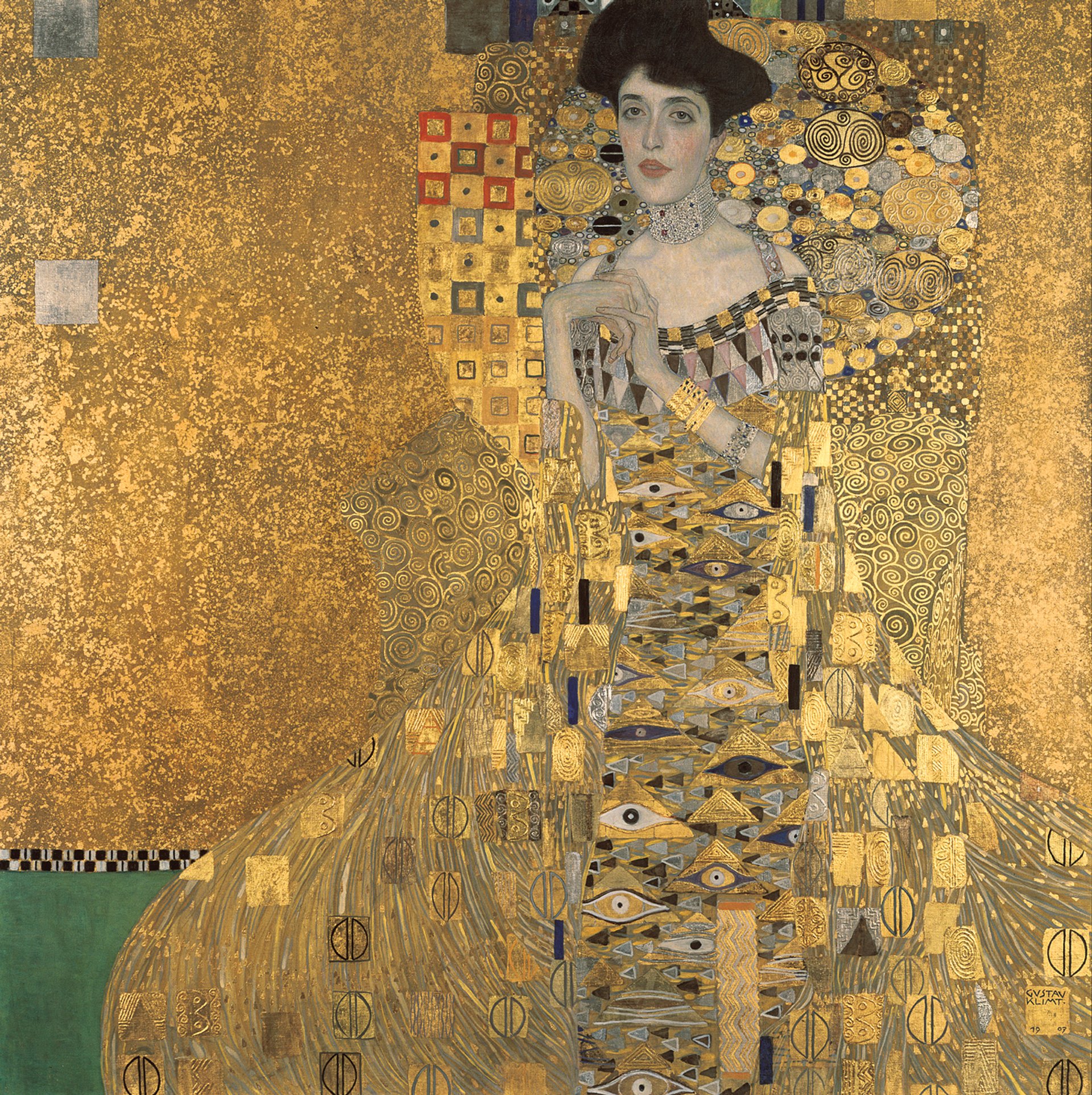“One of the things that’s still very exciting about Gustav Klimt and Egon Schiele is how radical they still appear even today,” says Janis Staggs, the curator of the Neue Galerie’s show Gustav Klimt and Egon Schiele: 1918 Centenary. “Even though they died 100 years ago, some of these works are still quite shocking.”
In their work, Klimt and Schiele “explored topics, especially in this #MeToo movement area, that are issues that we’re grappling with today”, Staggs says, such as frank depictions of sexuality and showing children in states of partial or total undress.
The show, of around 100 works, gives a broad sweep of the careers of the two Viennese artists and friends, with works such as the Neue Galerie’s star piece, Adele Bloch-Bauer I (1907), Schiele’s depiction of a passionate grasp in Freundschaft (friendship, 1913), and personal items including photographs, Klimt’s last diary, postcards from Schiele to his longtime lover and model Wally Neuzil, and Schiele’s death mask.

Gustav Klimt's Adele Bloch-Bauer I (1907) Courtesy of Neue Galerie New York
While each artist has a gallery for his paintings, there is a room of works on paper by both men, which includes some of the more explicit pieces in the show such as depictions of masturbation. Schiele’s time in prison on charges of kidnapping, statutory rape and “public immorality” is brought to life by Portrait of a Sankt Pölten Prisoner (1912), a work he kneaded and carved in bread while incarcerated.
“We’re only seeing those heady early years and you have to try to imagine, where might he have taken this?” Staggs says of Schiele, who was only 28 when he died in 1918, along with Klimt, during the Spanish influenza epidemic.
Meanwhile, the nearby Met Breuer opens Obsession: Nudes by Klimt, Schiele and Picasso from the Scofield Thayer Collection (3 July-7 October), a show of around 50 erotic watercolours, drawings and prints.
• Gustav Klimt and Egon Schiele: 1918 Centenary, Neue Galerie, New York, 28 June-3 September



